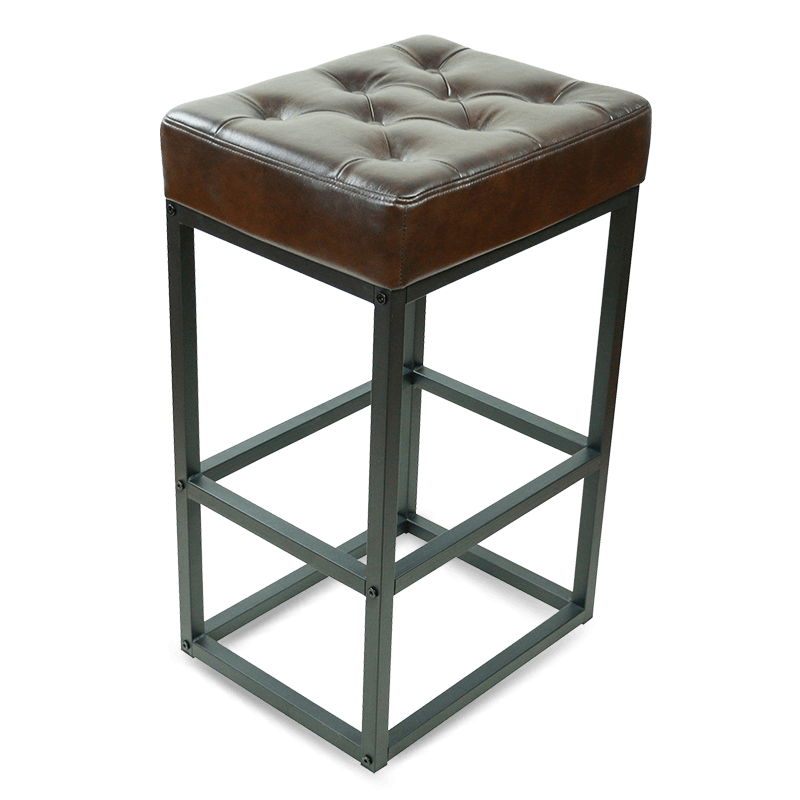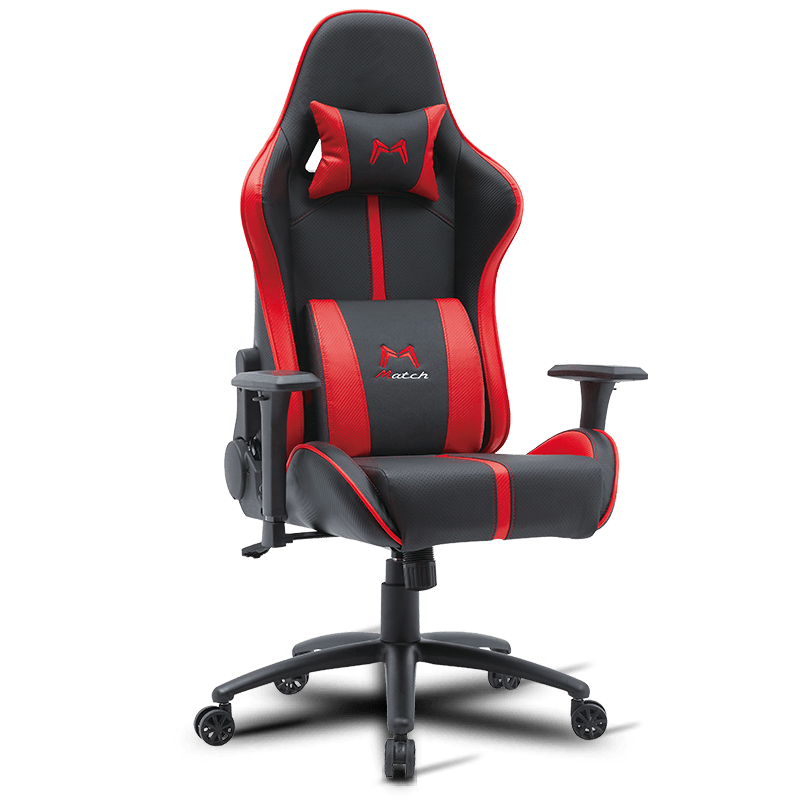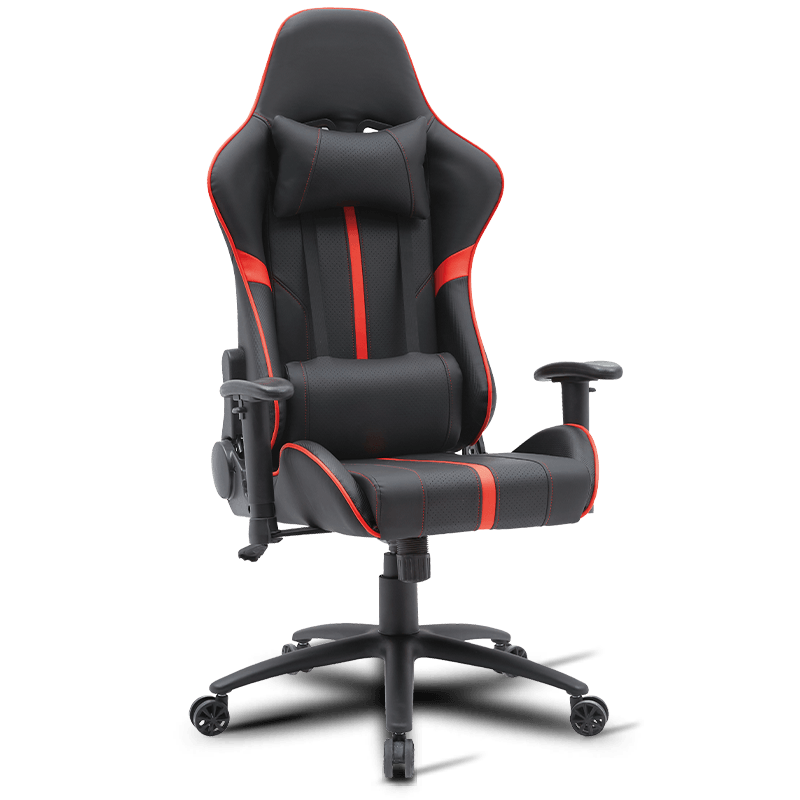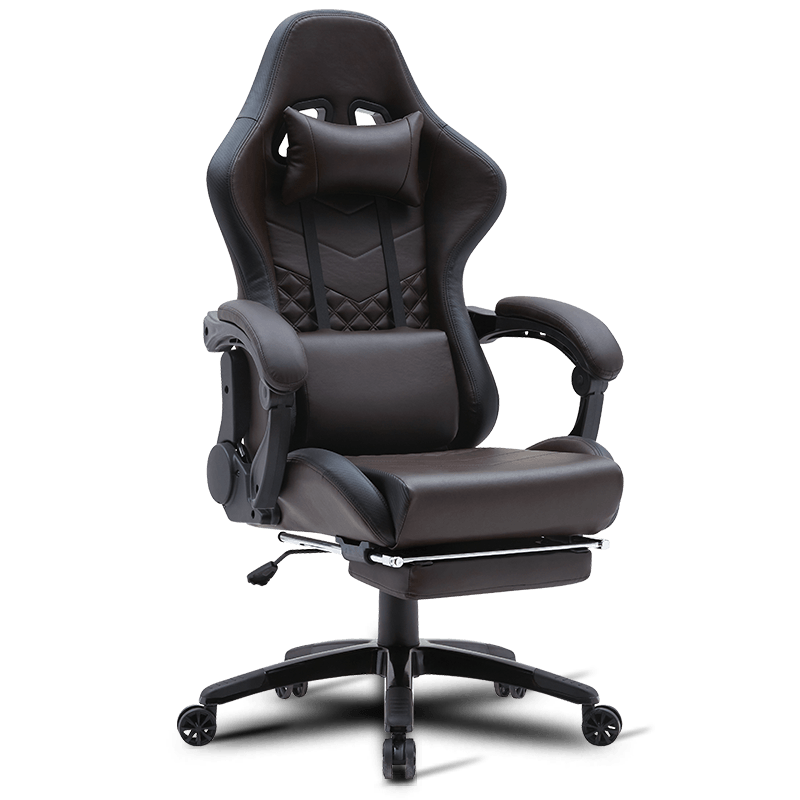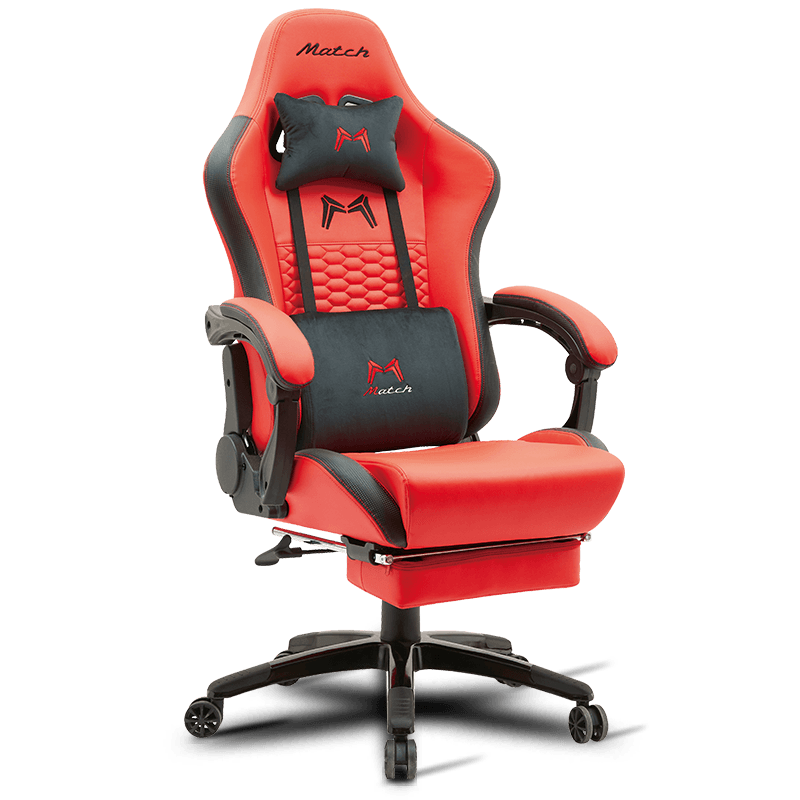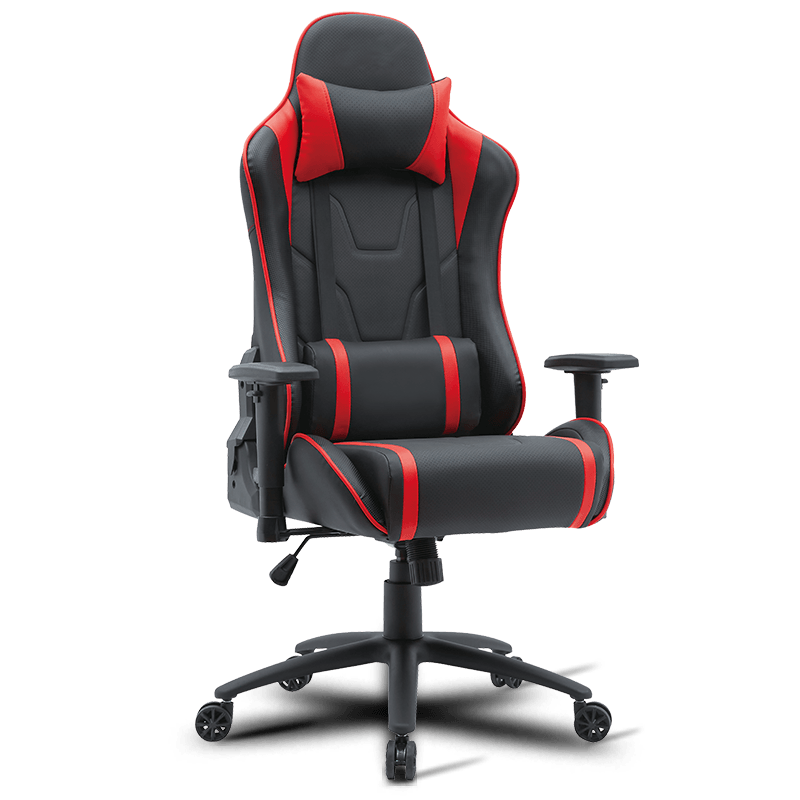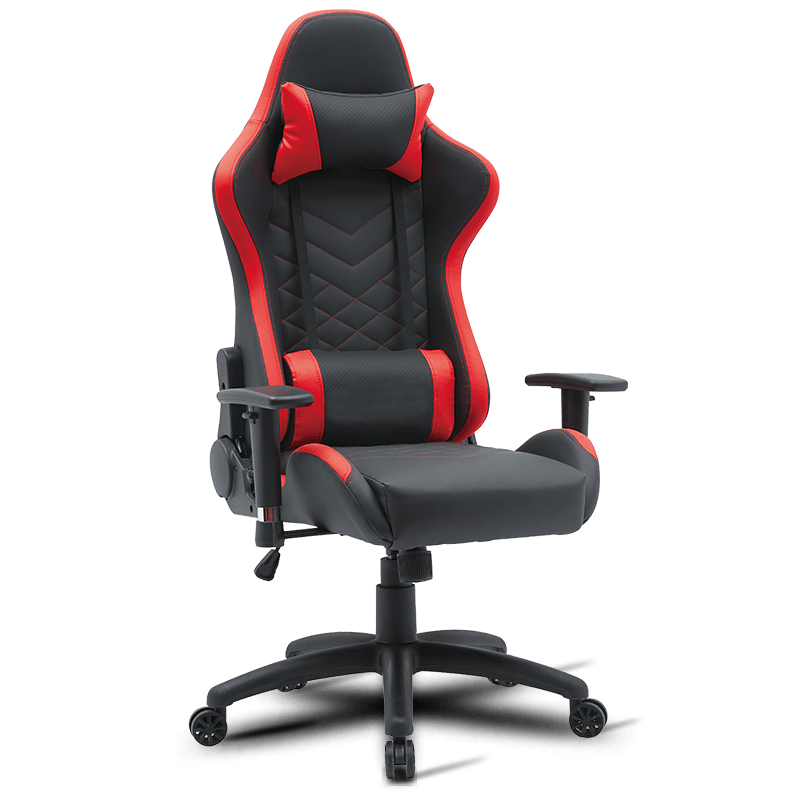Choosing the right cushioning materials for executive office chairs is critical to balance softness and long-term support, ensuring comfort and durability for users who spend extended periods sitting. Here are key factors to consider when selecting cushioning materials:
1. Understanding the Need for Softness and Support
- Softness ensures that the user feels comfortable immediately upon sitting. Soft materials offer initial comfort but can lack long-term support if they compress too easily.
- Support is crucial for maintaining proper posture and reducing the risk of musculoskeletal issues over time. Supportive cushioning prevents the user from sinking too deeply into the chair, offering a balance that helps reduce pressure points and fatigue.
2. Types of Cushioning Materials
High-Density Foam (HD Foam)
- Softness: HD foam is comfortable and offers a good amount of immediate softness but is firmer than low-density foam, which provides longer-lasting support.
- Support: It provides a higher level of support and retains its shape over time, making it ideal for prolonged sitting.
- Durability: Resistant to sagging and compression over extended use, ensuring a longer lifespan.
- Use: Ideal for the seat cushion of executive office chairs, where both softness and support are needed for comfort throughout the workday.
Memory Foam
- Softness: Memory foam is incredibly soft and conforms to the shape of the user’s body, offering personalized comfort.
- Support: While it provides excellent support by evenly distributing body weight, it can be too soft in some cases, leading to discomfort if the foam compresses too much.
- Durability: High-quality memory foam tends to last longer without significant sagging, but it is generally more prone to compression compared to high-density foam.
- Use: Suitable for the seat and backrest of chairs where a more “cradling” effect is desired but may need reinforcement with other materials for long-term use.
Polyurethane Foam
- Softness: Offers moderate softness and is often used in combination with other materials to achieve the right balance.
- Support: Polyurethane foam provides medium support and is highly flexible, allowing it to be used in various chair components.
- Durability: Polyurethane foam can degrade over time, particularly when exposed to heat, which could compromise long-term support.
- Use: Common in mid-range executive chairs, often layered with memory foam or high-density foam for enhanced comfort.
Gel-Infused Foam
- Softness: Gel foam is designed to maintain its softness while providing better heat dissipation, which prevents the foam from feeling too warm or uncomfortable.
- Support: Gel-infused foam provides solid support and is excellent for temperature regulation, improving comfort during long sitting periods.
- Durability: Gel foams tend to last longer without losing shape and are more resistant to the effects of heat and body weight.
- Use: A good choice for extended hours of sitting, especially in areas like lumbar support, seat cushions, or backrests.
Latex Foam
- Softness: Latex foam is naturally soft but offers a firmer feel compared to memory foam, providing a more buoyant, responsive support.
- Support: Provides consistent, firm support while maintaining comfort. Its resilience prevents it from compressing too much over time, making it ideal for long-term use.
- Durability: Latex is highly durable and resistant to wear and sagging, ensuring that it maintains its shape and support.
- Use: Ideal for high-end executive chairs, especially in seating surfaces and backrests for those seeking a balance of firmness and comfort.
3. Layering for Optimal Balance
To achieve the best of both worlds—softness and long-term support—a layered construction approach can be used, combining different types of foam:
- Top Layer (Softness): A thin layer of memory foam or gel-infused foam on top provides a soft, cushioned feel that conforms to the body and relieves pressure points.
- Middle Layer (Support): High-density foam or latex foam provides the necessary support, preventing the user from sinking too deeply into the chair while offering adequate comfort for long hours of sitting.
- Base Layer (Durability): A firm polyurethane foam or polyester-based foam at the base ensures that the chair maintains its structural integrity over time without losing shape.
4. Consider User Preferences and Chair Use
- Executive chairs are designed for users who spend long hours seated, so comfort is paramount. Offering adjustable features like tilt tension and lumbar support can help users customize the chair to their preferences.
- Consider user weight and body type—heavier individuals may require firmer materials like high-density foam or latex foam to ensure long-term support, while lighter individuals may find softer materials like memory foam more comfortable.
5. Breathability and Heat Retention
- Choose breathable materials like mesh-backed cushions or gel-infused foam to prevent overheating, especially in warm environments or when long sitting periods are common.
- Ventilated foam or materials with open-cell structures allow air to circulate, ensuring that the chair stays cool and comfortable.
6. Environmental and Sustainability Considerations
- Eco-friendly materials, like natural latex or foams made from recycled or renewable resources, can be used to reduce environmental impact without compromising comfort or support.
- Look for manufacturers who use non-toxic adhesives and water-based finishes to create a healthier product for both users and the environment.

To balance softness and long-term support in executive office chairs, it’s essential to consider the right combination of materials, layering techniques, and ergonomic design. By selecting high-quality, durable foams that offer initial comfort while providing lasting support, you can create a chair that supports good posture, reduces fatigue, and ensures comfort throughout the workday.

 {|get_lang_name}
{|get_lang_name} {|get_lang_name}
{|get_lang_name}
